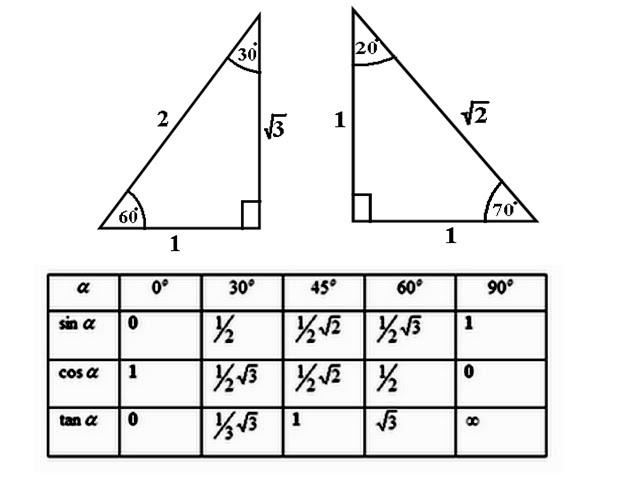Mysterious Art of Handling Trigonometric Ratios

Weeks back, when I first had my trigonometric lesson, I was taught the simple basic identities of trigonometric ratios for special angles such as , and not forgetting right angles and zeroes too. Then it hit me, while I may had basic prior knowledge of trigonometry back then before the new lesson, I wondered how did trigonometric ratios such as even came about in the first place? Is there a certain pattern or formula or any other that may allow me to retrieve the values of Trigo. ratios for any angles quickly without the use of calculator? Is it possible to mentally calculate trigonometric ratios for any angle as fast as multiplying numerical values such as ? Though I know it is pretty hard to answer it now or there may not even be an answer to these questions. However, I believe in time to come, the secret to mental calculation of trigo. ratios may be discovered. I hope the note isn't overly-ambitious on the impossible....
Easy Math Editor
This discussion board is a place to discuss our Daily Challenges and the math and science related to those challenges. Explanations are more than just a solution — they should explain the steps and thinking strategies that you used to obtain the solution. Comments should further the discussion of math and science.
When posting on Brilliant:
*italics*or_italics_**bold**or__bold__paragraph 1
paragraph 2
[example link](https://brilliant.org)> This is a quote# I indented these lines # 4 spaces, and now they show # up as a code block. print "hello world"\(...\)or\[...\]to ensure proper formatting.2 \times 32^{34}a_{i-1}\frac{2}{3}\sqrt{2}\sum_{i=1}^3\sin \theta\boxed{123}Comments
Use the infinite expansion of both sin and cos if you don't have calculator. At least you would get approximate answer using only a few terms. For problems, usually the ratios can be found using sum and difference, double angle and half angle, etc.